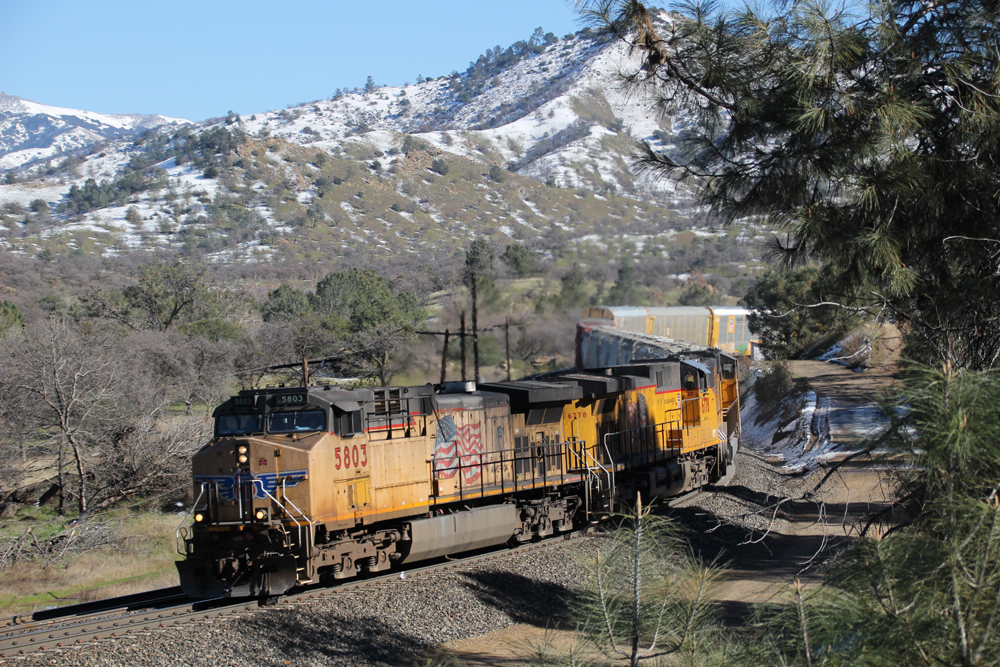
CHICAGO — A trio of recent Union Pacific agreements with rail labor unions, combined with ongoing volume and expense challenges, likely will make the railroad’s operating ratio rise this year.
Previously UP expected the operating ratio to improve this year compared to 2022’s 60.1%. Chief Financial Officer Jennifer Hamann, speaking at an investor conference today, affirmed other aspects of its full-year outlook, however, including volume growth above the rate of industrial production, pricing above the level of rail inflation, and spending less than 15% of revenue on capital expenses.
UP has reached sick time agreements with 12 of the 13 unions, covering 68% of the craft workforce; inked a SMART-TD crew consist deal that establishes predictable schedules for ground-based brakemen and switchmen; and is awaiting rank-and-file ratification of the work/rest agreement with the Brotherhood of Locomotive Engineers and Trainmen that will give engineers predictable schedules.
“The well being and quality of life for our employees remains a top priority. We continue to collect feedback, collaborate, and look for win-win solutions with our employees,” says Eric Gehringer, executive vice president of operations.
The SMART-TD crew consist agreement “is a tremendous breakthrough that gives our conductors fixed days off and greater certainty about their weekly assignments,” Gehringer says. “For the railroad, it gives us greater flexibility to work either in or outside the yard and offset some of our future hiring.”
The BLET deal is “truly a historic agreement” that gives UP engineers more predictable schedules thanks to an 11-days-on, four-days-off schedule. “It also enables UP to better manage staffing levels, which supports more consistent and reliable service,” he says.
If the BLET rank and file ratifies the deal, UP expects that it will take until sometime in 2024 to fully implement the work-rest schedules across the entire system, Hamann says.
UP’s operations continue to recover from widespread crew shortages that clobbered service last year. “We remain focused on providing a more consistent and reliable service product to our customers, and we have been a better service provider over the last several months,” Gehringer says.
Car velocity has topped 200 miles per day for nine straight weeks, which is up 14% compared to mid-April 2022. Trip plan compliance metrics have been at or above goals for the past four weeks. Intermodal trip plan compliance of 79% is up 18% compared to the same time last year, and 15% from March of this year. Merchandise and automotive on-time performance of 65% is up 9 points versus 2022 and 7 points compared to March 2023.
Thanks to increased fluidity, UP has stored 230 locomotives since April 1, and its year-to-date recrew rate has dropped from 9.5% to 6.8%, and is currently at 6.1%. “We at Union Pacific remain very confident in the service product that we’re building and our ability to control cost as we do that,” Gehringer says.
UP has graduated 760 new crew members to date, has nearly 1,200 in training, and expects employment levels to be higher in the second quarter than the first quarter. The railroad continues to rely on 200 borrow outs in terminals on its northern tier where UP remains short of crews.
UP is offering hiring bonuses for conductors in 18 locations across the northern tier of the railroad, according to a review of job postings on its website. They include Reno, Nev.; Oakland and Stockton, Calif.; Helper, Ogden, Provo, and Salt Lake City, Utah; Boone, Clinton, Council Bluffs, Des Moines, and Mason City, Iowa; North Platte and South Morrill, Neb.;
Bill, Cheyenne, and Rawlins, Wyo.; and St. Paul, Minn.
BNSF Railway is offering hiring bonuses for conductor trainees in 11 locations. Like UP, they are all on the northern tier of the railroad: Forsyth, Havre and Whitefish, Mont.; Cheyenne, Gillette, and Sheridan, Wyo; Dilworth, Wilmar, Minn.; Mandan and Minot, N.D.; and Edgemont, S.D., according to a review of BNSF’s job postings.
Surface Transportation Board Chairman Martin J. Oberman last month lamented the pace of hiring at Union Pacific and BNSF since the board’s April 2022 rail service hearings. UP, he says, has added 142 people to its active train and engine crew ranks, a 1% increase, while BNSF Railway has added 287, a 2% increase.
“This leaves no mystery as to why service on UP and BNSF continues to cause major problems for customers,” Oberman told the North American Rail Shippers conference on May 25.
Oberman was critical of UP for planning to curtail its hiring efforts as the economy slows and freight demand weakens. “I think it is stunning after all this that UP would say, you know what, we are going to slow down our hiring,” Oberman says. “They are way behind. And the notion that their service is OK is silly.”
Hamann and Gehringer spoke at the 2023 Wells Fargo Industrials Conference.






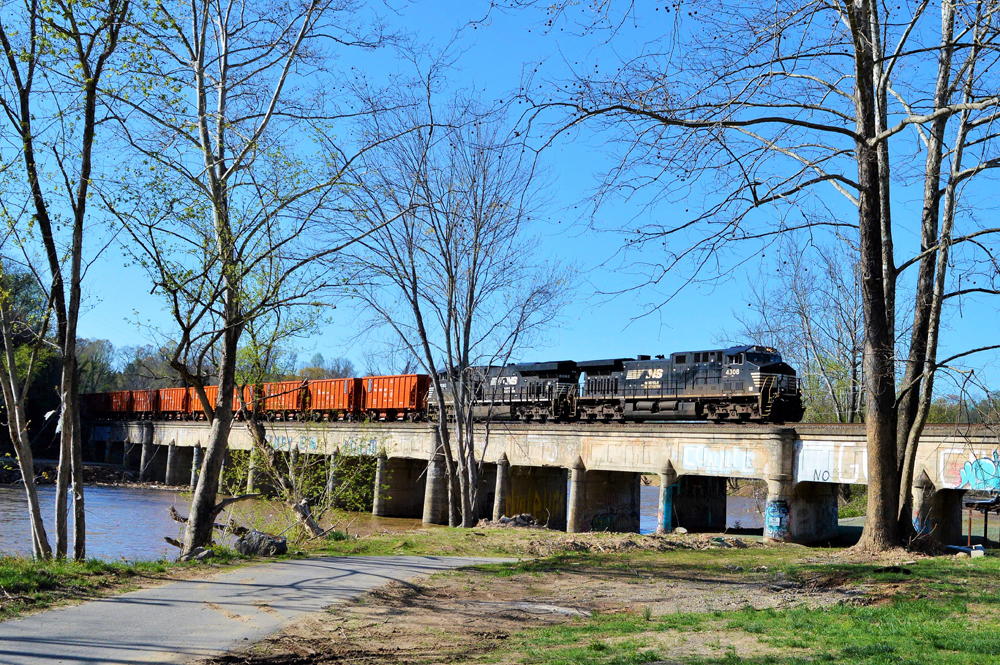
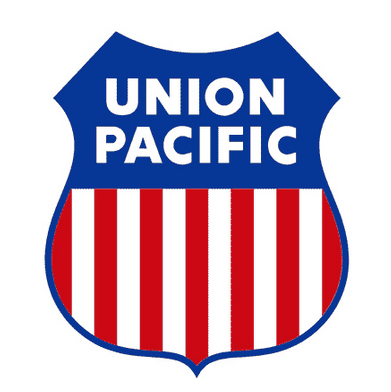
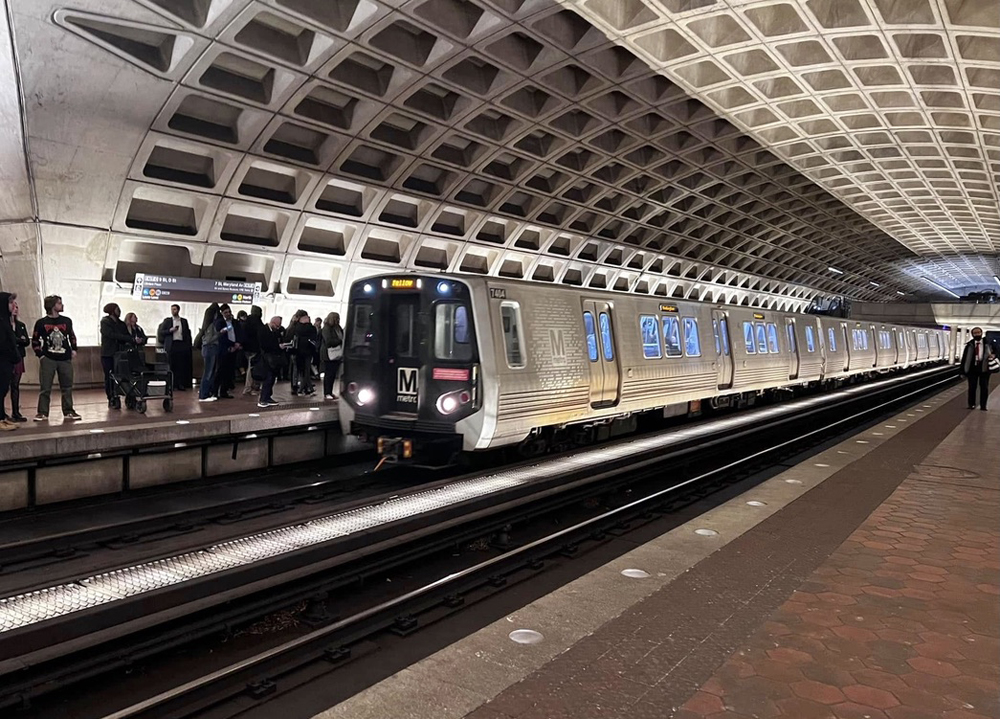
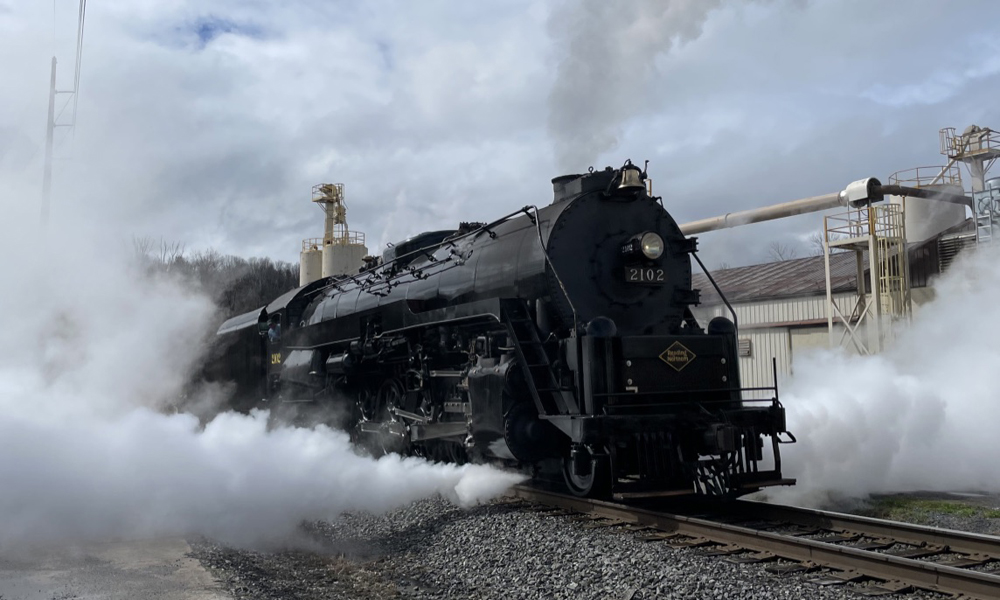




Appreciate the update on UP and BNSF rail service 2022 to 2023 comparisons. Appears rail service improvements have a ways to go. Interesting how both companies are struggling to hire in the northern regions.
This article reported that, “UP is offering hiring bonuses for conductors in 18 locations across the northern tier of the railroad, according to a review of job postings on its website. They include Reno, Nev.; Oakland and Stockton, Calif.; Helper, Ogden, Provo, and Salt Lake City, Utah; Boone, Clinton, Council Bluffs, Des Moines, and Mason City, Iowa; North Platte and South Morrill, Neb.;
Bill, Cheyenne, and Rawlins, Wyo.; and St. Paul, Minn…” with similar plans at BNSF for similar locations on their Northern Tier operations.
Isn’t it interesting that the areas mentioned are the same areas where they want to test conductors becoming “expediters” and not on board the trains they serve. They are probably hiring by saying “when we are allowed to replace conductors then your job will transition from straight conductor to this new job, which will pay more because you will need to get to the trains by any means possible, in all types of weather, all types of conditions and all hours of the day. It will become a condition of it’s hiring policy and people who accept will not have the option of saying no. I can’t see that going well with anybody but the STB needs to rally people in defense of the current. safer system, not this hybrid hack job which will cause delays and safety issues for these people who are being sold a bad deal.
Union Pacific needs a new CEO. He obviously doesn’t understand service. This has been an ongoing problem with no end in sight.
When are they and Wall Street going to abandon that outmoded and disgraced OR metric??
Would you use a light switch that gave you a big zap 21% of the time?
“Intermodal trip plan compliance of 79% is up 18% compared to the same time last year, and 15% from March of this year. Merchandise and automotive on-time performance of 65% is up 9 points versus 2022 and 7 points compared to March 2023.”
Wow! Four out of five containers make it on time. Two-thirds of car loads make it on time. Sure hope your insulin from China is in one of the four containers and the parts you need are in the two-thirds!
Talking about minute improvements to your abysmal service is nothing to crow about. Call me when you are at 95 to 98 percent.